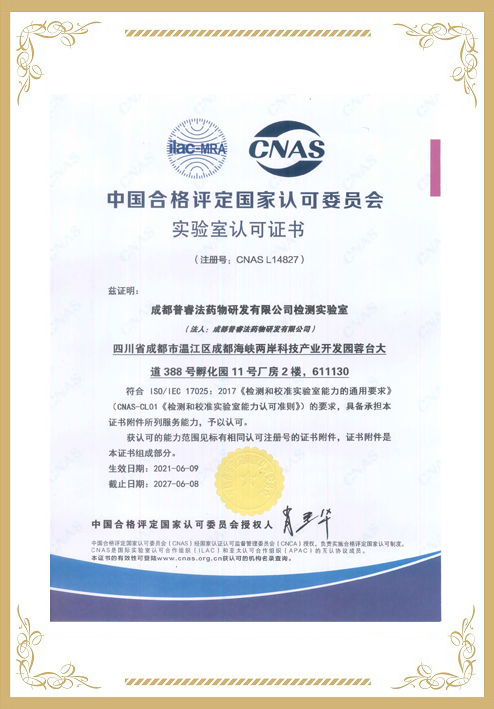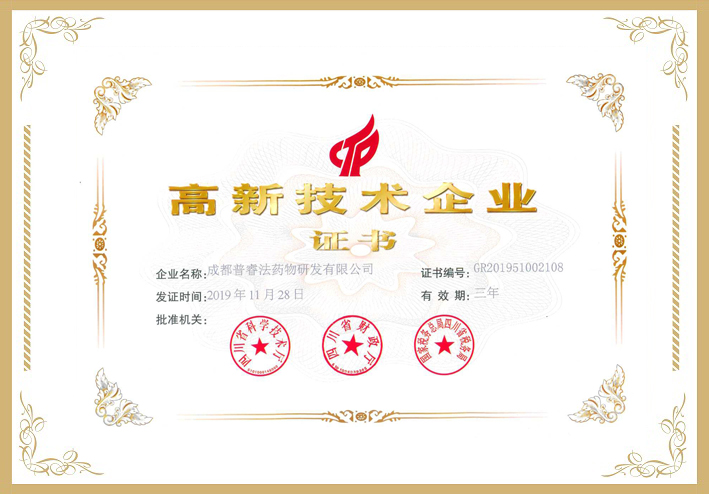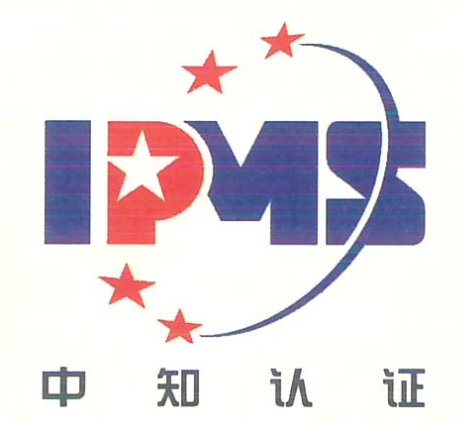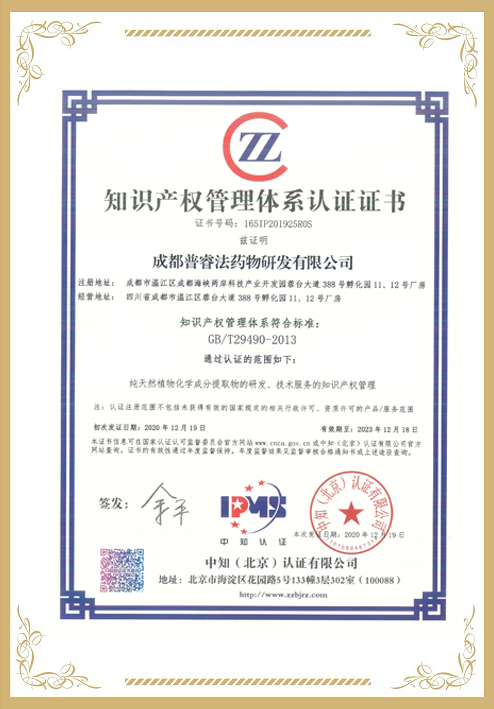Modern medicines often follow a “single-compound, single-target” paradigm, which may not be effective against complex diseases with multifactorial causes. Medicinal plants, such as Orthosiphon stamineus—widely used in Southeast Asia for its significant vasodilatory and antihypertensive properties—offer an alternative. These effects are largely attributed to the synergistic actions of sinensetin, eupatorin, and 3′-hydroxy-5,6,7,4′- tetramethoxyflavone (TMF). The present study was designed to explore the interactions among these compounds and their collective impact on vasodilation. The current investigation utilized in vitro aortic ring assays and an orthogonal stimulus-response compatibility approach to unveil the synergistic interactions of sinensetin, eupatorin, and TMF in specific combination ratios within compatibility groups. The current results showed that G2, G7, G27, and G28 achieved vasodilatory efficacies exceeding 100%, with recorded efficacies of 190%, 148%, 117.6%, and 116.25%, respectively. Conversely, formulation F1 exhibited only additive effects with an efficacy of 88.02%. The dose-response study revealed G28 exhibited the strongest concentration-dependent vasodilatory responses, with a maximum response (RMAX) of 119.05 ± 3.29% and an EC50 of 6.78 ± 0.70 µg/mL. Conversely, G2, despite showing the highest efficacy in the orthogonal stimulus-response compatibility study, demonstrated a lower vasodilatory effect, with RMAX R and EC50 recorded at 85.78 ± 12.67% and 15.32 ± 3.07 µg/mL, respectively. These findings highlight the complexities of compound interactions in plants and underscore the potential of botanical medicines as comprehensive healthcare solutions for multifactorial diseases.























